Schools in the Philippines Teach Sustainable Fashion
You have heard fashion brands used the term sustainable fashion but what is it really about? Do these brands really know what it really means? There has been a talk that these big fashion brands are just doing it for marketing and people say they are greenwashing. As mentioned in this article by Vice News, “The ‘Greenwashing’ Hiding the Truth of Your Favourite Fashion Brands”. Sustainability is about sustaining the natural environment and, at the same time, sustaining the community living within it. This calls for people in the fashion industry to do their part.
Fashion industry is one of the biggest contributors to pollution affecting our natural environment as mentioned in Environmental Impact of Fashion by Wikipedia. It’s good news that there are people who are actually doing something about it. It is a revolution to change the fashion industry. The best place to start is in our schools. Schools like Institute of Creative Entrepreneurship: Fashion, Arts and Design (ICE-FAD), and College of Fine Arts and Design at the University of Santo Tomas (CFAD-UST).
Last September 28, ICE-FAD introduced its new breed of fashion designers. The first batch of designers were taught about sustainable fashion through upcycling. Upcycling is one of the ways to introduce circular economy because it means to recycle for a greater value.
Designers showed one piece from their collections during the fashion show. I had a firsthand on these designs as I was invited to prejudge the students. The first category was sustainable fashion. Each piece was made out of clippings and/or recycled fabrics from old clothes. Most of them are handsewn by students with the guidance and support of mentors from ICE-FAD. By looking at each design you can see how creative they can be in putting the pieces together.
 |
 |
 |
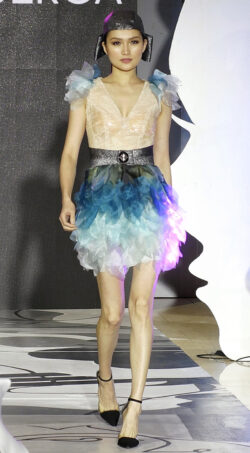 |
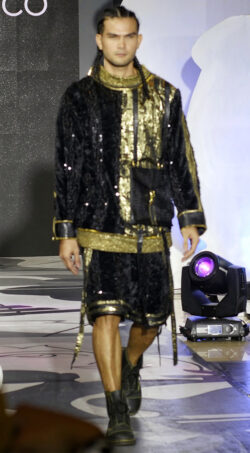 |
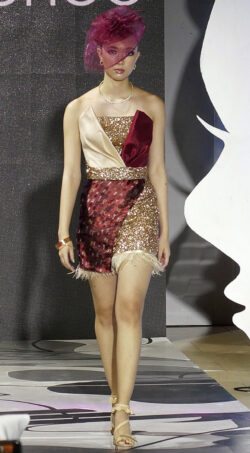 |
Blessed Almario |
Camilla Louise Damo |
Lare Dane |
Joe Figueroa |
Alexandre Franco |
Isabel Laohoo |
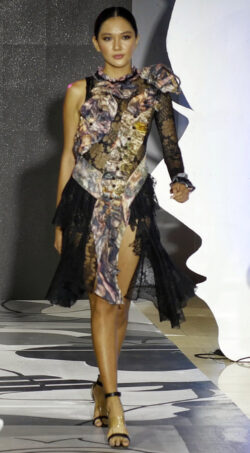 |
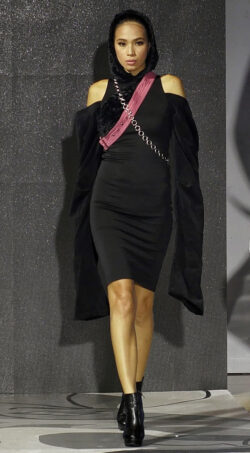 |
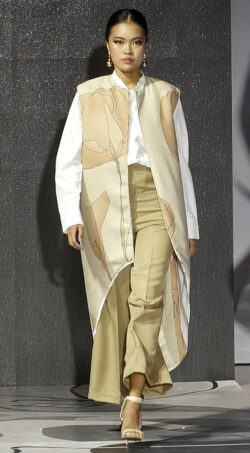 |
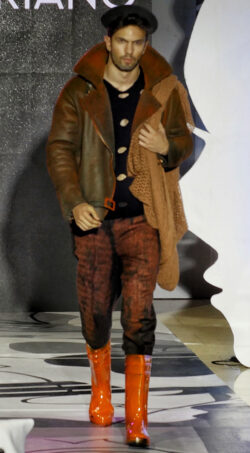 |
 |
Saintè Marion |
Clarice Melagrito |
Diane Salamanque |
Maison Soriano |
Leilani Kate Yalung |
Photographs by George Buid
Irene Grace Subang, one of the educators said: “As an educator and designer, I believe it is my duty to my students to inform them about the global pollution the fashion industry is causing, experiment with solutions we can both work with towards sustainability, and inspire them to take up the cause with me as sustainable fashion warriors.”
She shares her knowledge with schools like ICE-FAD, iAcademy, and SoFA Design Institute. The challenges that Irene face is that clothes are still made traditionally and sustainable fashion is new to everyone. In order for her to cope with these challenges, she immerses her students in films and workshops about sustainability and the cost of clothing retail manufacturing to global pollution. She then teaches her students to master the art of clothing construction. Though wastage cannot be avoided, she encourages them to upcycle their scrap textiles into something sustainably beautiful. The True Cost was an important documentary film for her class as it encapsulates everything wrong with the way we consume, purchase, and make clothes.
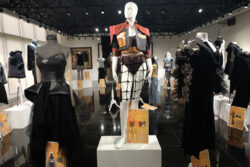 |
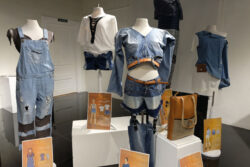 |
Neogenesis exhibit
Photographs courtesy of CFAD-UST
Reah Benedicta Goodwin, a college instructor of CFAD-UST, shares her thoughts on why she teaches sustainable fashion, “I saw first hand how wasteful this industry is while I was working in fashion back in L.A. several years ago. Back then, very few people or organizations care much about sustainable or ethical fashion. That was during the height of fast fashion. Consumers care more for trend, quantity, and variety.”
“When I came back here, I saw the influx of ukay-ukay stores and eventually learned where most of them came from. That time I was already upcycling many of my clothing. I had the opportunity to interject the concept of upcycling when I was given the Fashion Elective load at UST CFAD. I saw this as a perfect venue to teach our students how to be responsible designers by not only caring about the design aesthetics but by being mindful of the sources and process of your products as well as how it will impact the environment and the people,” she continued.
On the challenges she faces, she said “Knowing that I only have very limited time to teach, my biggest limitation is time. Both the time to teach such a big concept and the time monitor if what I taught them made enough impact for them to practice upcycling in real life. As an instructor, I measure the success of a lesson when our students practice a concept even after I graded them.”
The school’s decision about teaching sustainable fashion may even surprise you. Monina Tan-Santiago, CEO of ICE-FAD, shares her thoughts on why they included sustainable fashion.
“We decided to include sustainability in our curriculum because ICE believes that the struggle to understand and in our own way to help solve or ease our ecological crisis begins with education.”
“As educators in the fashion industry, we believe that we must do our part in educating our future designers and entrepreneurs on their role in reducing the carbon footprint to ensure a sustainable future for the next generation. The challenges we are now experiencing in teaching sustainability is the mindset of the students in accepting and practicing sustainable fashion. The availability and cost of sustainable fabrics are also some of the challenges we are facing.”
These educators are doing a great job and schools should keep supporting this initiative. Let them teach the current generation to take care of our environment with a dose of creativity. When I was once in an art exhibit and hear the father of an artist, a name I can’t recall, once said “The original creditor to art is nature. That is our source of creativity and we should learn to appreciate them by giving back. In order to do that we take care of it.” In our own little that we should help recover from the climate crisis and people should support this kind of initiative. Like what they said we only have one planet to live let us take care of it.
Written by George Buid:
IG: @styleeverydayph, @georgegebe





